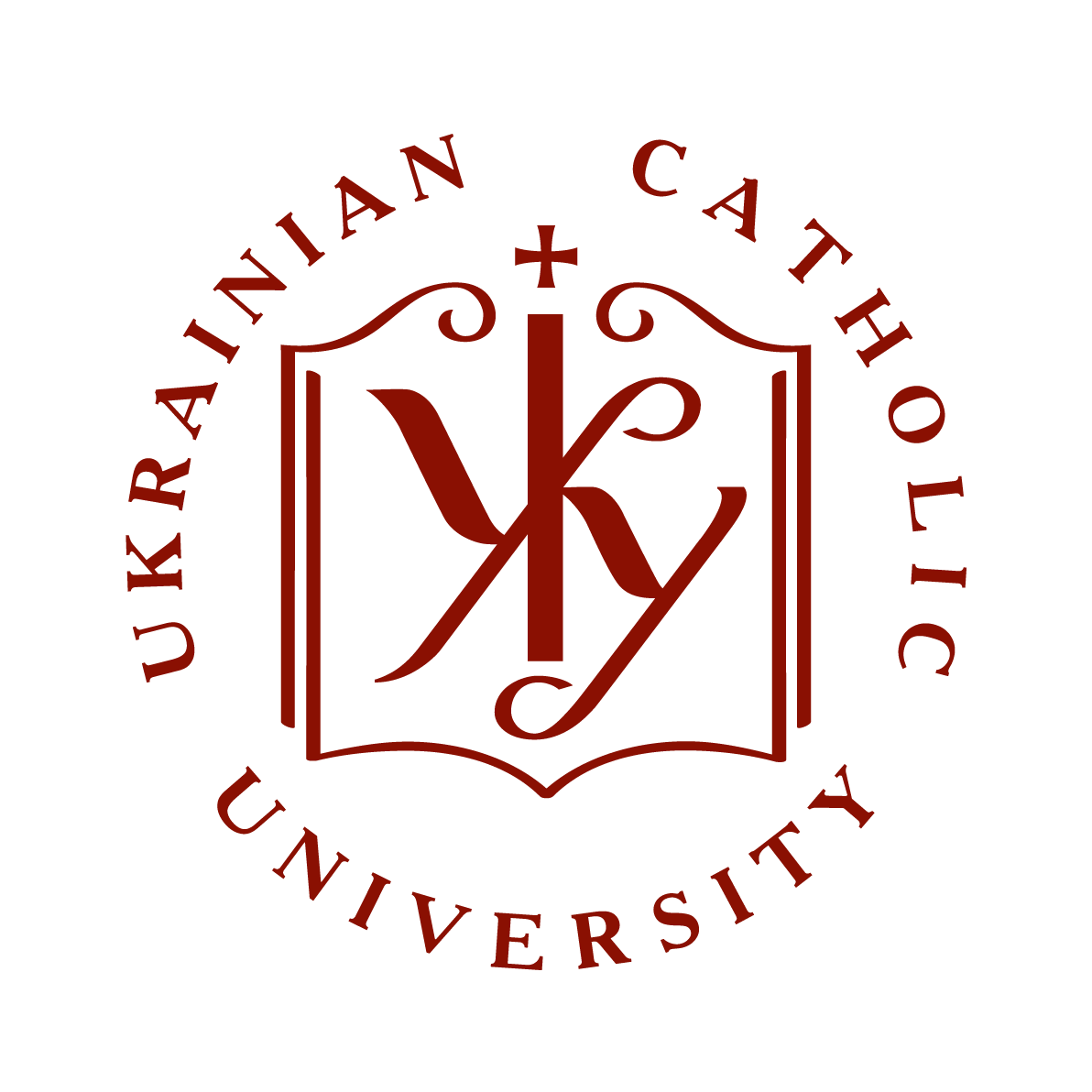- Home
- →
- Faculty of Social Sciences | Факультет суспільних наук
- →
- Кафедра соціології
- →
- Статті
- →
- View Item
Сценарії JavaScript вимкнено для Вашого браузера. Деякі функції цього сайту не будуть працювати без них.
| dc.contributor.author | Козлова, Інга
|
|
| dc.date.accessioned | 2017-12-16T19:44:56Z | |
| dc.date.available | 2017-12-16T19:44:56Z | |
| dc.date.issued | 2017 | |
| dc.identifier.citation | УДК 316: 316.4:316.42.316.421 | uk |
| dc.identifier.uri | http://er.ucu.edu.ua/handle/1/1159 | |
| dc.description.abstract | . У своїй статті автор порівнює образ міста, репрезентований у туристичних путівниках різних періодів історії Львова: під владою Польщі (1919-1939), у складі Радянського Союзу (1944-1991) та періоду незалежної України. У результаті здійснення кількісно-якісного контент-аналізу туристичних путівників, автор фіксує наступну різницю акцентів у представленні міста: путівники польського періоду в першу чергу репрезентують місто як культурний центр; путівники радянського періоду позиціонують Львів в першу чергу як промислове місто, або ж «місто революційної слави» і вже в другу чергу як культурний центр; путівники періоду незалежної України позиціонують Львів як місто матеріальних символів, архітектурної спадщини, яка має історичну тяглість. Також в тексті представлені цікаві символічні ньюанси-особливості репрезентації міста, в залежності від пануючого владного дискурсу | uk |
| dc.language.iso | uk | uk |
| dc.publisher | Видавництво ХНУ ім. В. Н. Каразіна | uk |
| dc.rights | Attribution-NonCommercial-NoDerivs 3.0 United States | * |
| dc.rights.uri | http://creativecommons.org/licenses/by-nc-nd/3.0/us/ | * |
| dc.subject | образ міста, репрезентація міста, туристичні путівники | uk |
| dc.title | Образ міста Львова у часовій ретроспективі: зміна символічних акцентів (на прикладі аналізу туристичних путівників) | uk |
| dc.type | Article | uk |
| dc.status | Публікується вперше | uk |
| dc.subject.udc | УДК 316: 316.4:316.42.316.421 | |
| dc.description.abstracten | In the article, the author compares the image of the city, represented in tourist guides of different periods of the history of Lviv: under the rule of Poland (1919-1939), within the Soviet Union (1944-1991) and in the period of independent Ukraine. As a result of quantitative-qualitative content analysis of the tourist guides, the author fixes the following difference in the emphasises on the representation of the city: Polish travel guides primarily represent the city as a cultural center; Soviet-era guides represents Lviv primarily as an industrial city, or as a "city of revolutionary glory", and in the second place as cultural center; the guides of the period of independent Ukraine represents Lviv as a city of material symbols of an architectural heritage, which has a historic continuity. Also in the text presented interesting symbolic features of the city representation, depending on the ruling power discourse. | uk |
| dc.relation.source | Методологія, теорія та практика соціологічного аналізу сучасного суспільства. Зб. наук. праць, випуск 23 | uk |
Files in this item
The following license files are associated with this item:
This item appears in the following Collection(s)
-
Статті [55]
Articles



